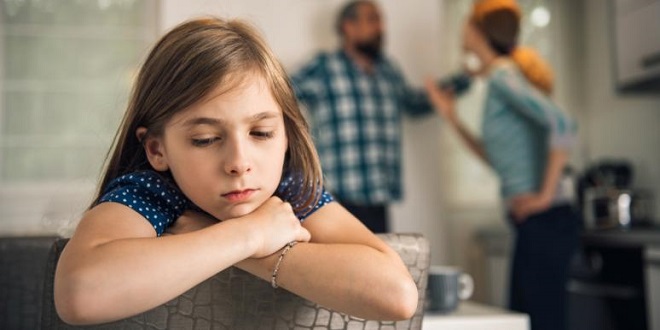Canada: Who gets the kids in a divorce?

Divorce is enough to make couples shiver. It is not easy to go through this phase, especially if you are a parent.
It is essential that you and your spouse agree on how to manage the children after separation. This ultimately leads to the question: “Who gets the children in a Canadian divorce?”
The answer depends on each case and requires much thought. A child grows up without both his or her mother. An experienced divorce lawyer is the best person to act as a savior. Before you go to the separation, consult them.
Who gets the kids in a divorce in Canada?
It is best to decide jointly about child custody and access. The court will not be able to interfere with this decision unless it is a danger to the welfare and well-being of the child. This method is not only less costly, but it also has fewer complications.
If the parents or legal guardians are unable to reach a mutual agreement, the court is the last resort. The court process can be emotionally draining and expensive.
The court is very concerned about any case involving a child. The court makes the final decision after careful consideration and analysis.
The court tends to decide with whom the child is better off, rather than allowing the parents to dictate who should have custody. It doesn’t really matter if it is the mother, or the father.
The court will only consider what is in the best interests of the child and make the custody decision accordingly. They are the ones most at risk from their parent’s separation.
The court will often consider certain factors when granting custody to a child.
Let’s learn more about them.
- The ability of each parent to provide for their child financially and emotionally
- The child’s relationship with each parent
- If the child is mature enough to express their opinion, it will be considered the view and opinion of that child.
- What number of children are involved? If there are more than one child involved, the court will usually decide to keep them together, rather than separate them.
- The parents’ emotional and physical health
- Primary caregiver for the child during the wedding
- What is the maximum time that parents can give their child? The parents’ typical time schedule, including their work hours and any trips they take, is shown below.
- What is the relationship between one parent and the other? Can they co-parent with no problems?
- Are there support systems in place for each parent? Grandparents or other relatives that can assist with the child’s education,
- Is there anything the parent must do to meet the special needs of the child?
What are the different types of child custody in Canada?
Canada has 4 main types of child custody:
Sole custody (Full custody).
This means that only one parent has full custody of the child and is responsible for all decisions. According to the court, the other parent can work in accordance with the order.
Joint custody
Joint custody is when both parents are equally responsible for any decisions about the future of the child, as long as they have reached a mutual agreement. This is also called joint legal custody. This type of custody is only granted to parents who are able to cooperate and properly handle parenting matters.
Shared custody
This is when the parent with joint custody has at least 40% time with the child. Also known as joint physical custody.
Split custody
This is when more than one parent has custody. This could be the case where one parent has custody of one child and the other has all the others. Usually, the courts will not attempt to divide siblings.
If the older child prefers to live with another parent, it is possible to divide them.
Common presumptions made by the courts
This picture shows that the court takes into account many factors in order to decide the best interests of the child. However, the majority of courts follow three cardinal rules.
Take a look:
Stay at-home mother
A dedicated stay-at home mother is believed to be the one who takes the best care for their child. They are able to provide the best care for their children, especially if they have younger siblings.
Established status quo
If a party takes over the care of the child after the separation, but before any type of official declaration, the judge will most likely interpret the current living arrangement to be the default.
Primary caregiver
If you can prove to the court that you were the guardian principal for the child, and that you care about their welfare, the court will most likely assume you are the best person to give the child over for its future.
To Conclude
A child desires both his or her mother and their father to be with him. Each one is equally important and cannot be replaced by the other.
It is better to resolve the differences and reach a mutual agreement than to go to court. You are the only one who will do what is best for your child. The court process can be extremely draining and expensive.




